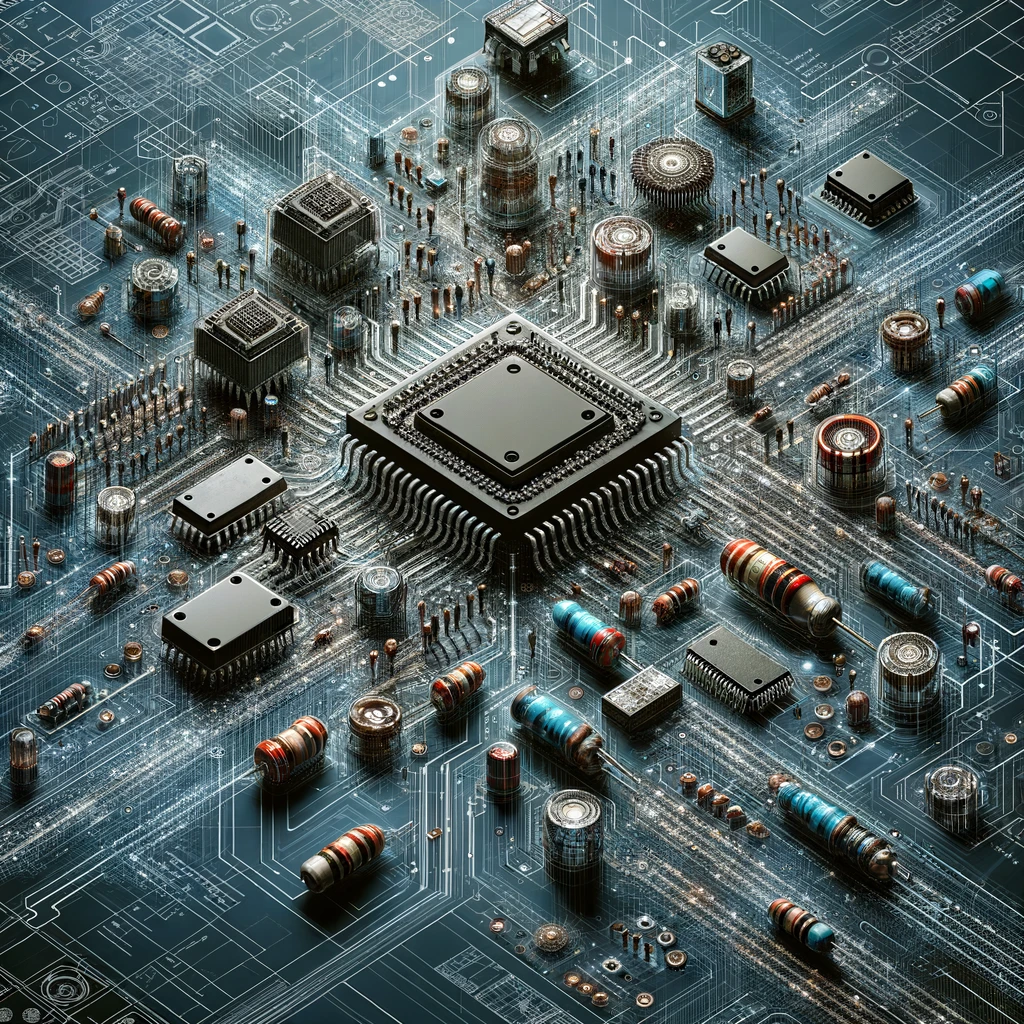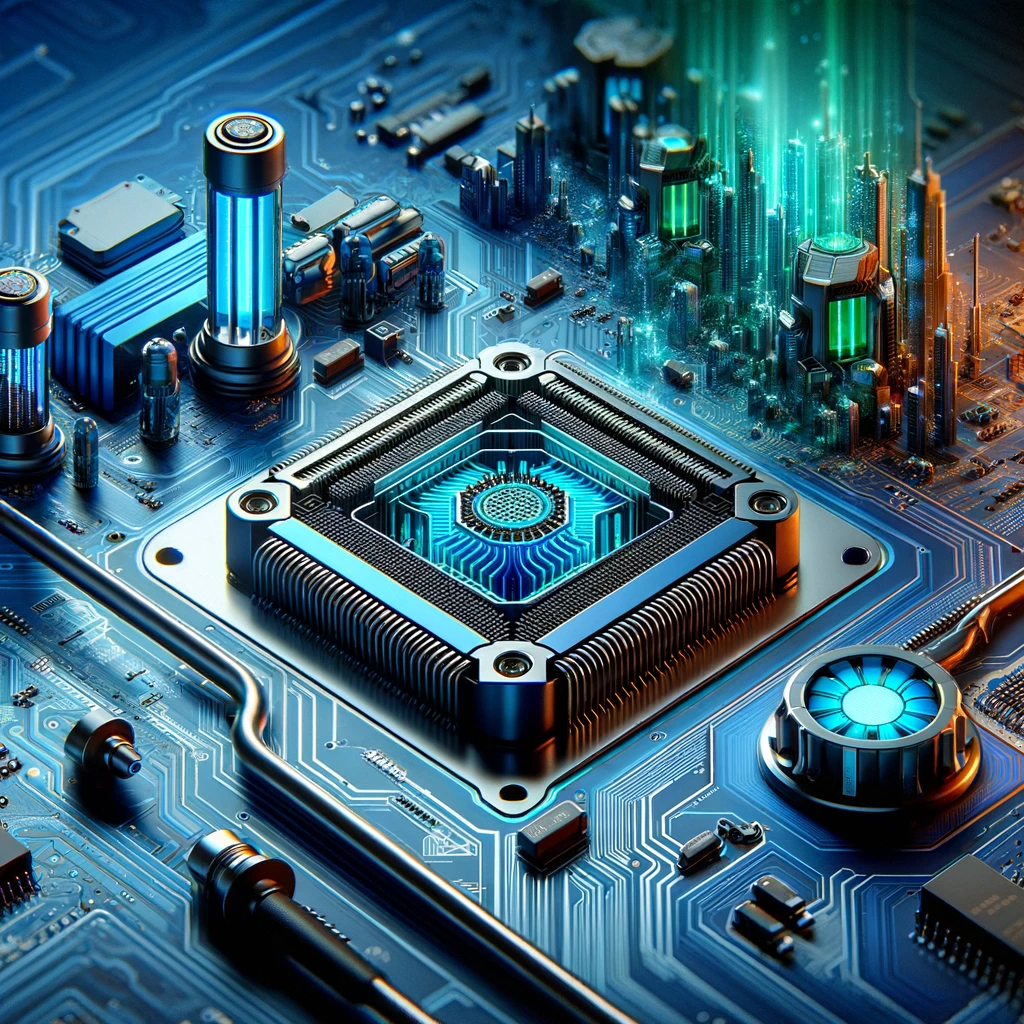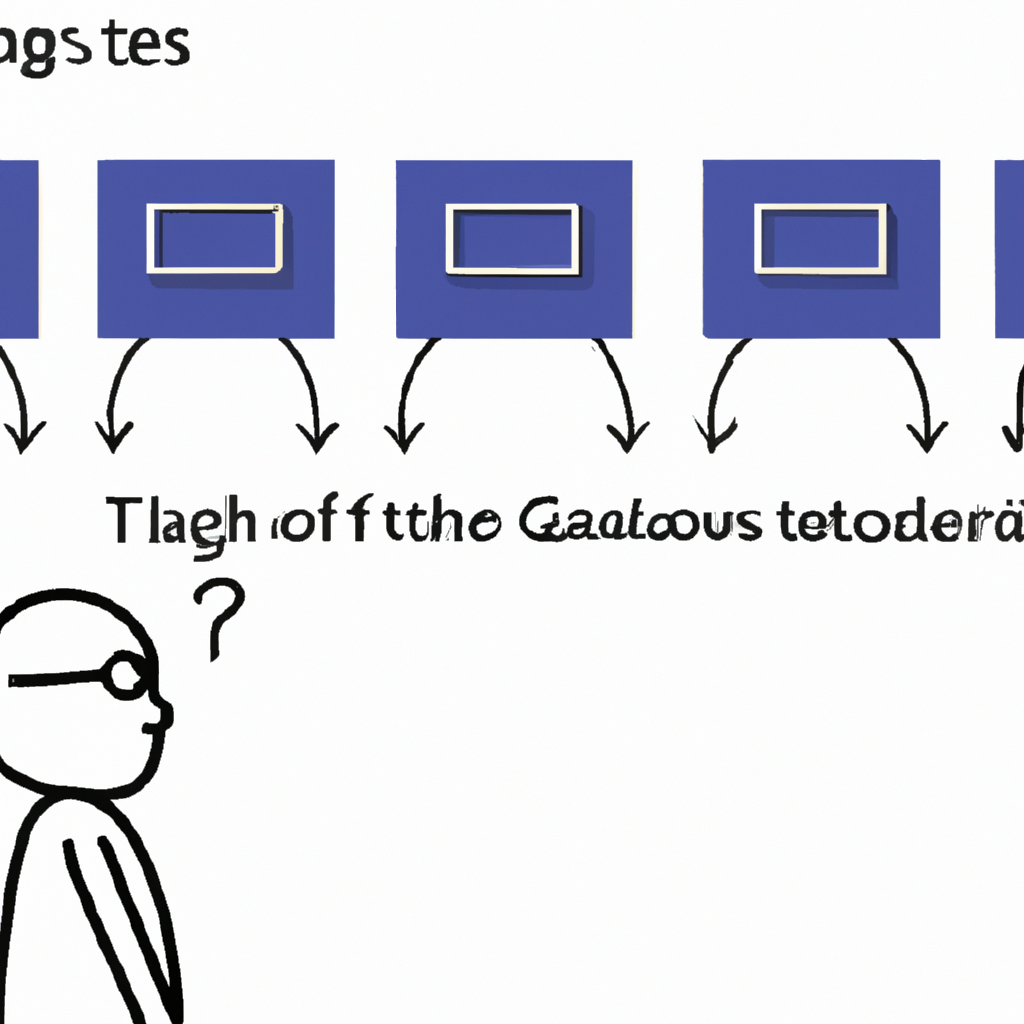Renewable energy has become a crucial focus in our quest to reduce carbon emissions and combat climate change. As we strive to harness the power of renewable sources such as solar and wind, one of the key challenges we face is efficient energy storage. The ability to store renewable energy effectively ensures a steady supply during periods of low generation and helps create a reliable and sustainable power grid. In this article, we delve into the revolutionary circuitry that is set to transform renewable energy storage, paving the way for a greener and more sustainable future.

The Current State of Renewable Energy Storage
Before we delve into the groundbreaking circuitry that promises to revolutionize renewable energy storage, let’s first understand the current state of affairs. Traditional methods of energy storage, such as batteries, have limitations when it comes to accommodating the intermittent nature of renewable energy sources. The intermittency of renewable energy generation poses challenges in maintaining a stable power supply, especially during periods of high demand or low generation.
Introducing the Revolutionary Circuitry
The future of renewable energy storage lies in the development of advanced circuitry that addresses the limitations of traditional energy storage methods. This revolutionary circuitry combines cutting-edge technologies and innovative design principles to optimize energy storage and utilization.
The Power of Nanotechnology
Nanotechnology plays a pivotal role in the development of this revolutionary circuitry. By harnessing the unique properties of materials at the nanoscale, researchers have been able to enhance the performance and efficiency of energy storage devices. Nanomaterials, such as graphene and carbon nanotubes, offer exceptional electrical conductivity, high surface area, and remarkable mechanical strength, making them ideal candidates for energy storage applications.
Intelligent Energy Management Systems
Another key component of the revolutionary circuitry is the integration of intelligent energy management systems. These systems leverage advanced algorithms and artificial intelligence to optimize the storage, distribution, and utilization of renewable energy. By continuously monitoring energy generation, demand, and storage levels, these intelligent systems can dynamically adapt and optimize energy flow to ensure maximum efficiency and reliability.
Advantages of the Revolutionary Circuitry
The adoption of this innovative circuitry brings forth numerous advantages that can significantly impact the future of renewable energy storage.
Enhanced Energy Storage Capacity
One of the primary advantages of the revolutionary circuitry is its ability to enhance energy storage capacity. By utilizing nanomaterials with high surface area and improved charge storage capabilities, the circuitry can store a greater amount of energy in a smaller footprint. This increased storage capacity ensures a more reliable power supply during periods of low renewable energy generation.
Improved Efficiency and Performance
The integration of intelligent energy management systems within the circuitry leads to improved efficiency and performance. By intelligently optimizing energy flow and distribution, the circuitry ensures minimal energy wastage and maximizes the utilization of stored energy. This enhanced efficiency translates to a more sustainable and cost-effective energy storage solution.
Scalability and Flexibility
The revolutionary circuitry is designed with scalability and flexibility in mind. It can be easily integrated into existing renewable energy infrastructure, allowing for seamless upgrades and expansions. This scalability enables the circuitry to adapt to changing energy demands and technological advancements, ensuring long-term viability and compatibility.
Reliability and Grid Stability
By addressing the intermittent nature of renewable energy sources, the revolutionary circuitry enhances the reliability and stability of the power grid. The intelligent energy management systems continuously monitor and adjust energy flow to compensate for fluctuations in generation and demand, creating a more stable and resilient grid infrastructure.
Conclusion
The future of renewable energy storage is poised for a significant transformation with the advent of revolutionary circuitry. By leveraging nanotechnology and intelligent energy management systems, this circuitry offers enhanced energy storage capacity, improved efficiency and performance, scalability, and grid stability. As we strive to create a greener and more sustainable future, the development and adoption of this groundbreaking circuitry will play a pivotal role in revolutionizing the way we store and utilize renewable energy. Let us embrace this innovation and pave the way towards a brighter and cleaner tomorrow.






